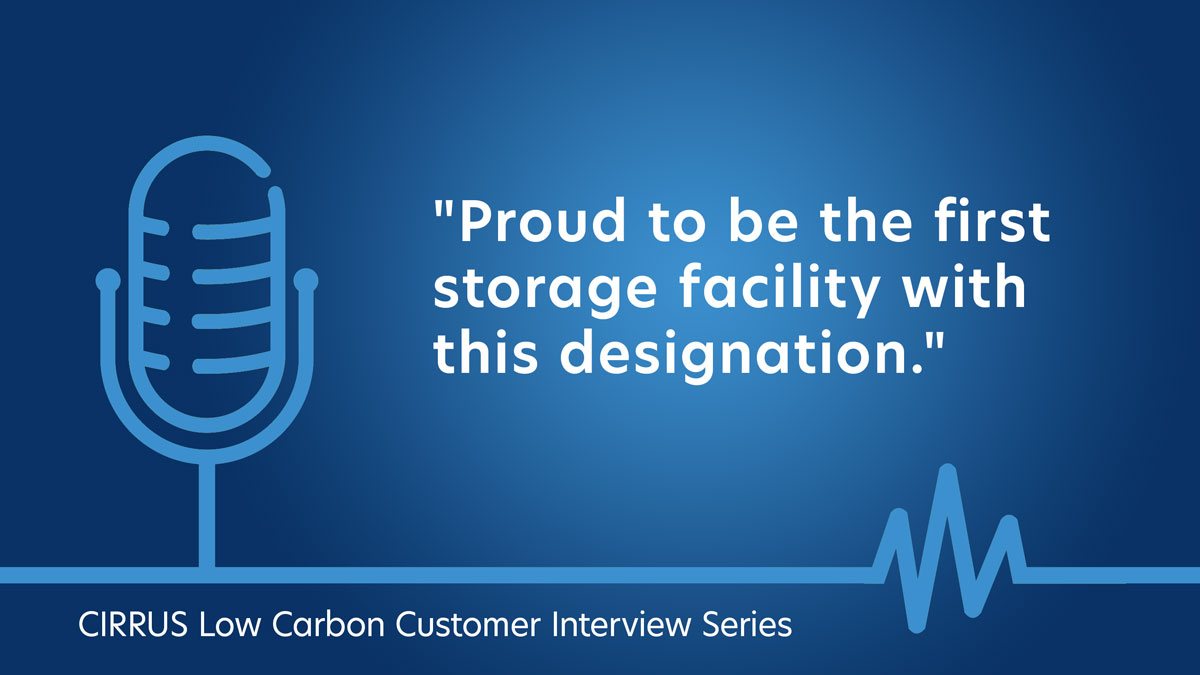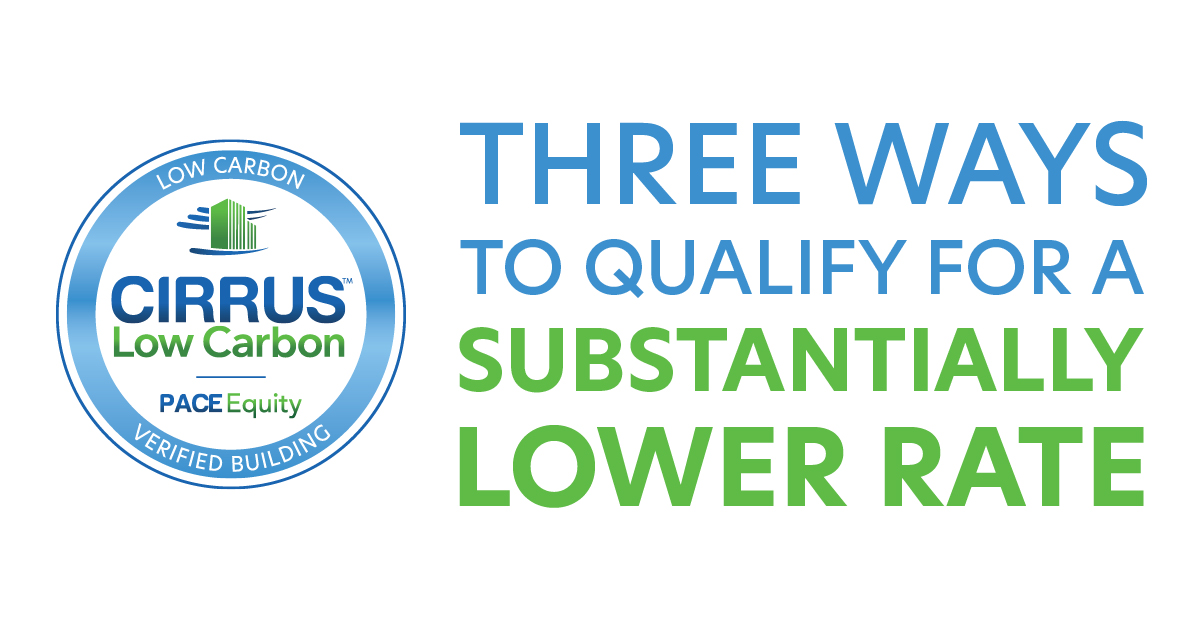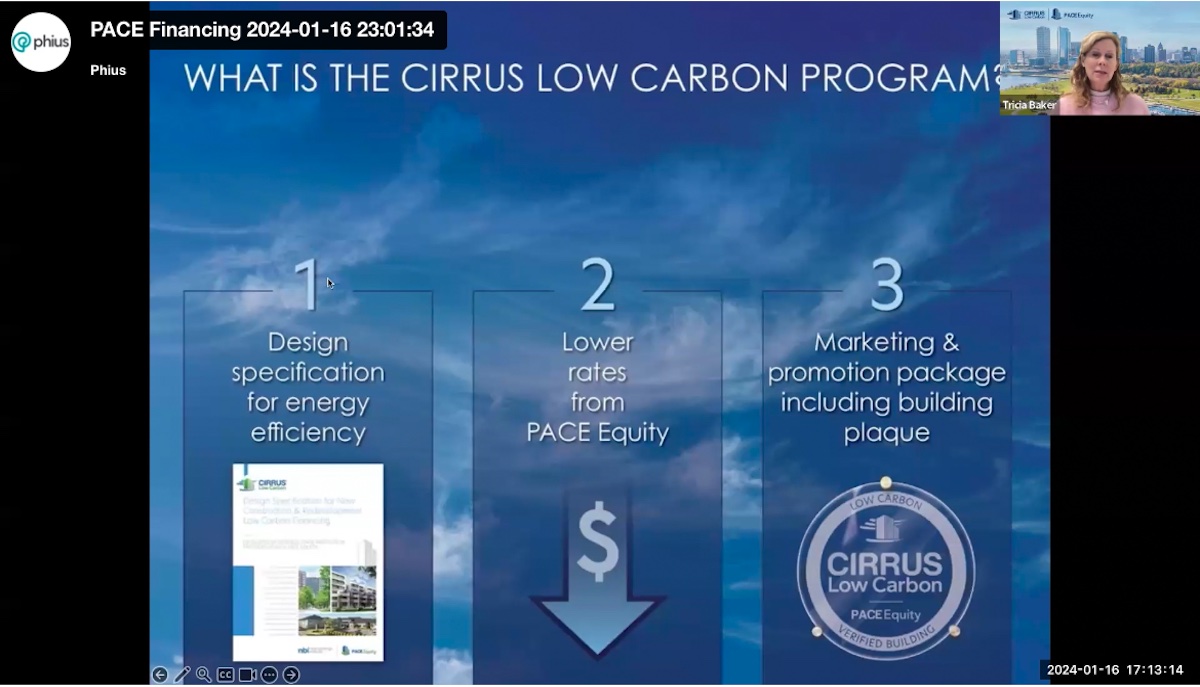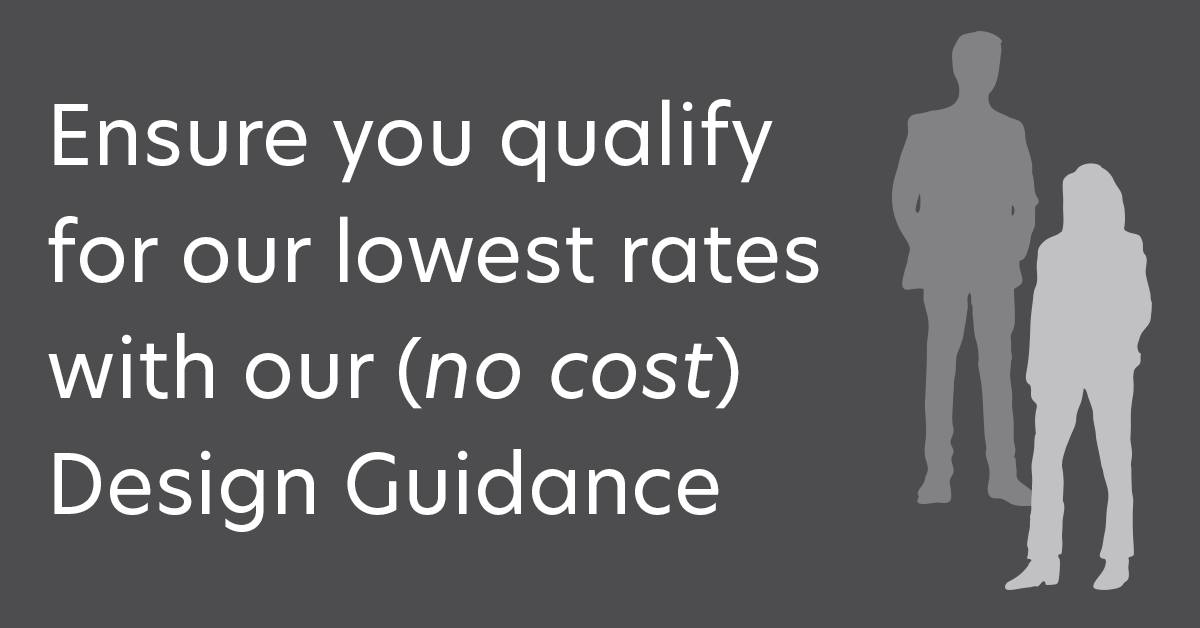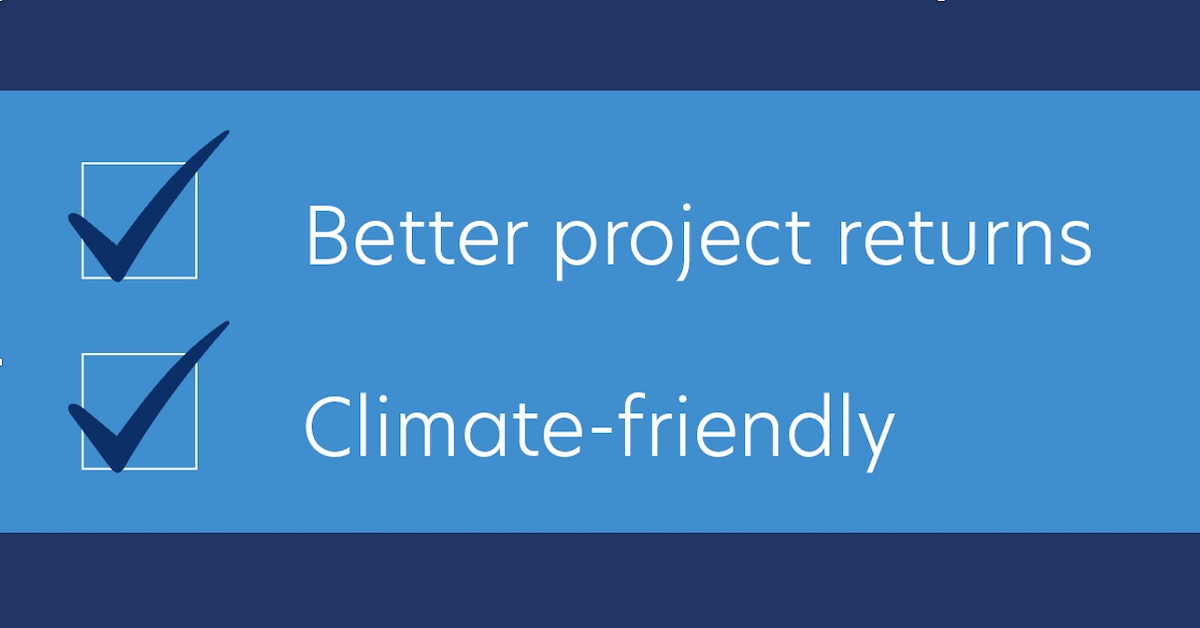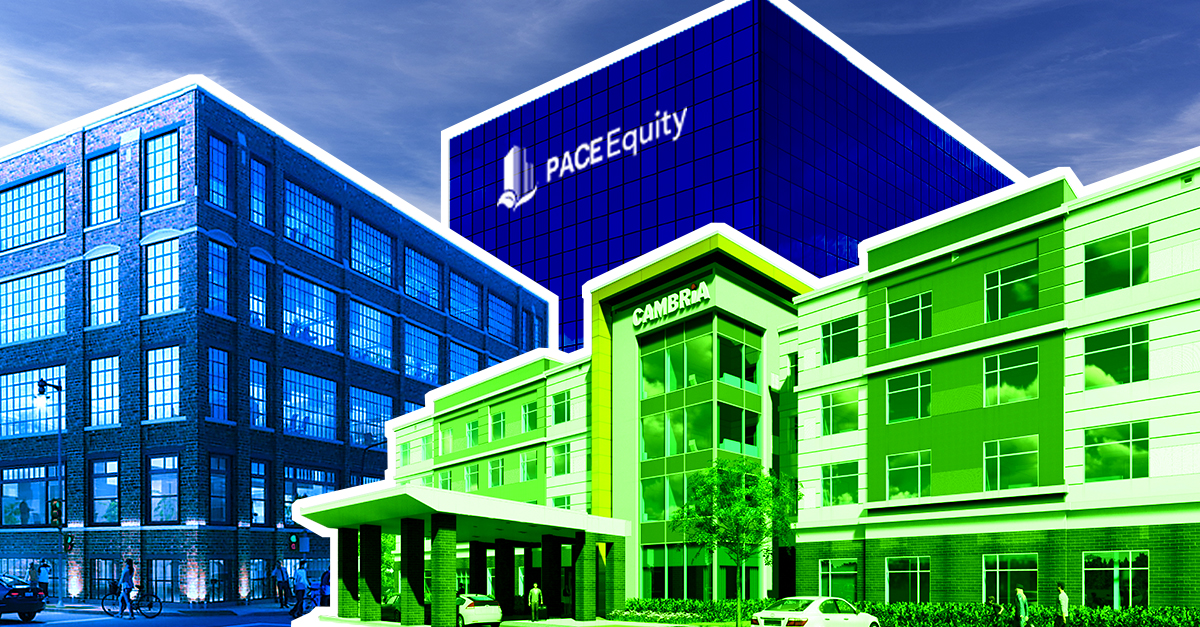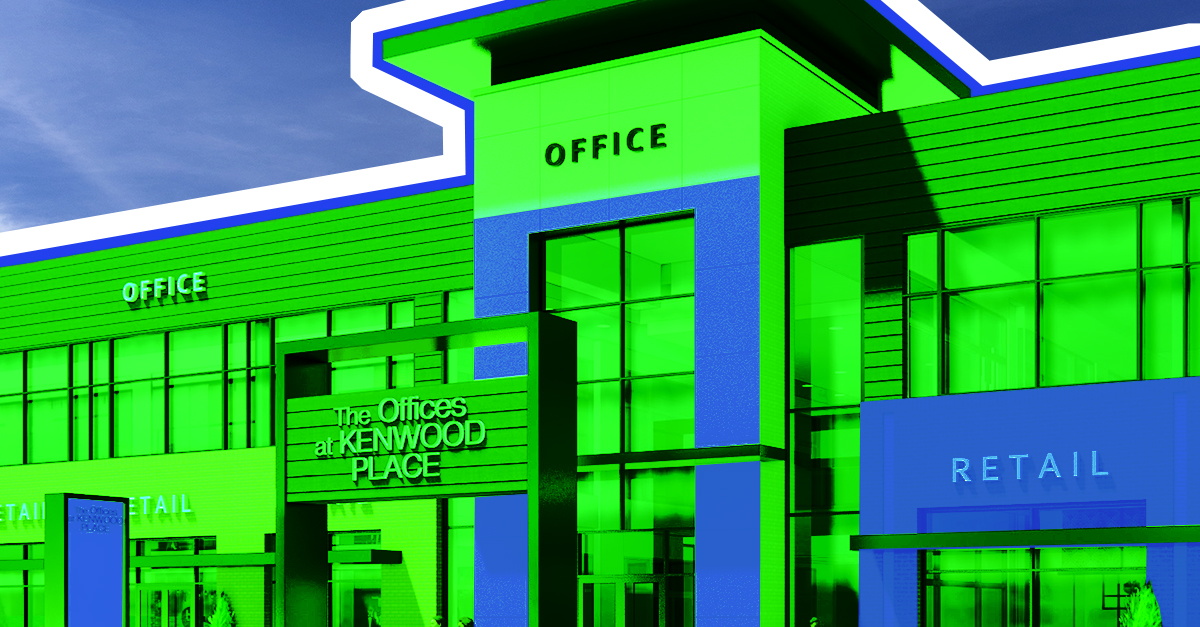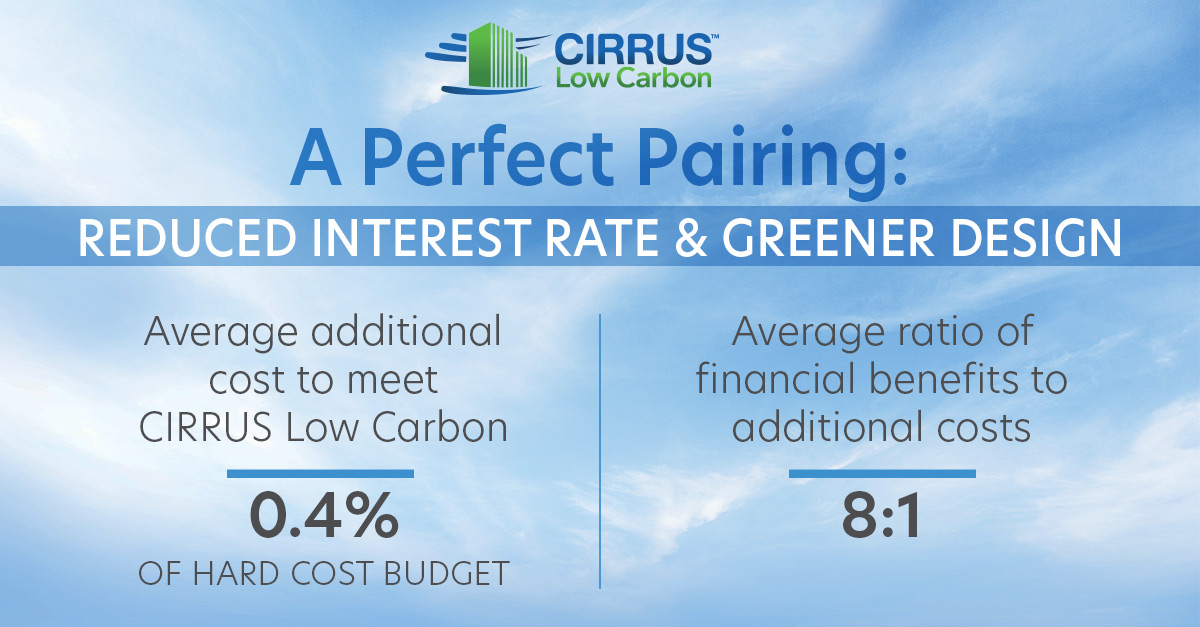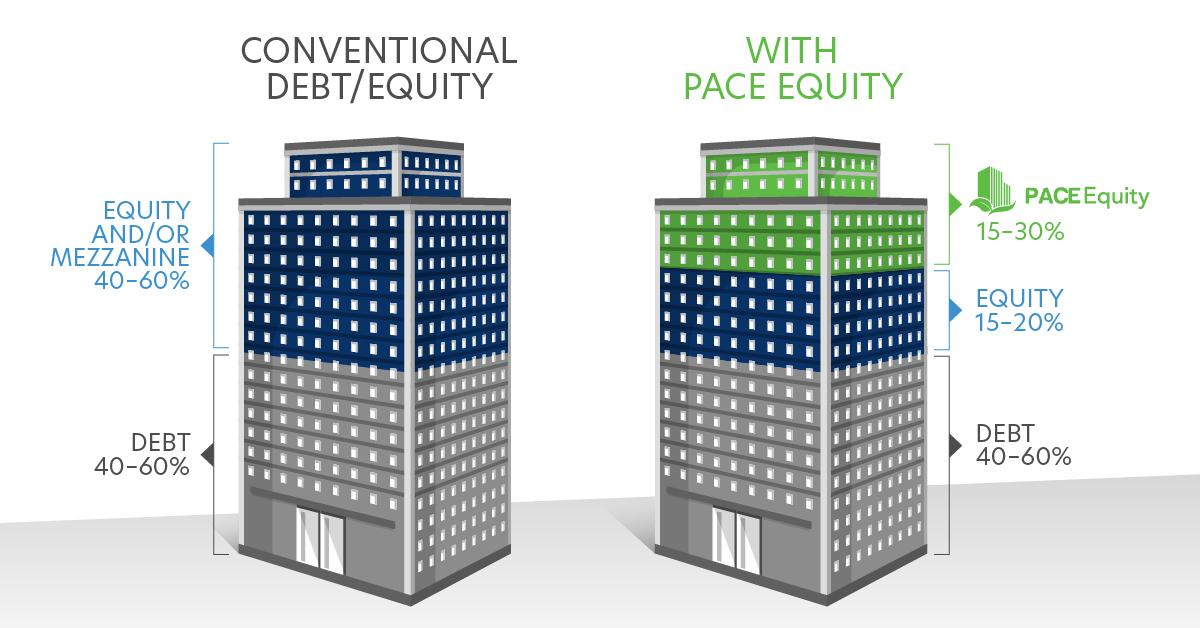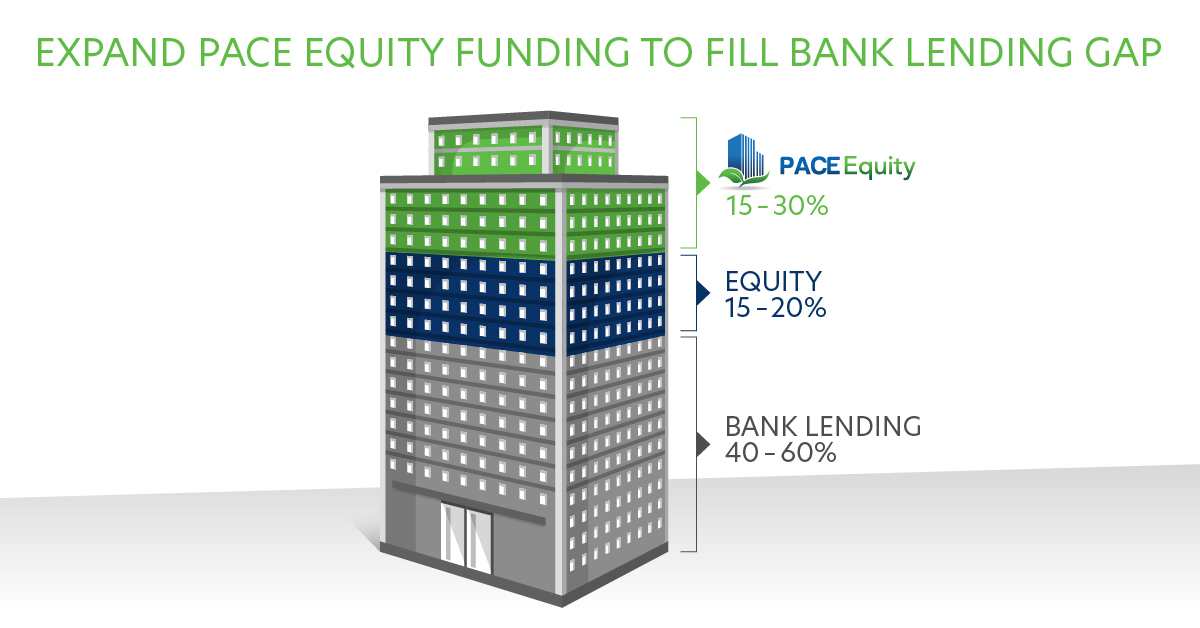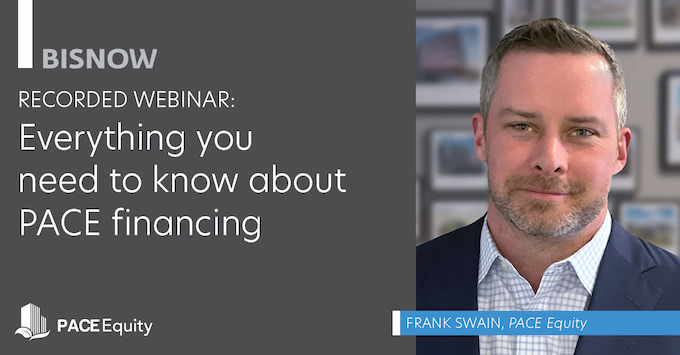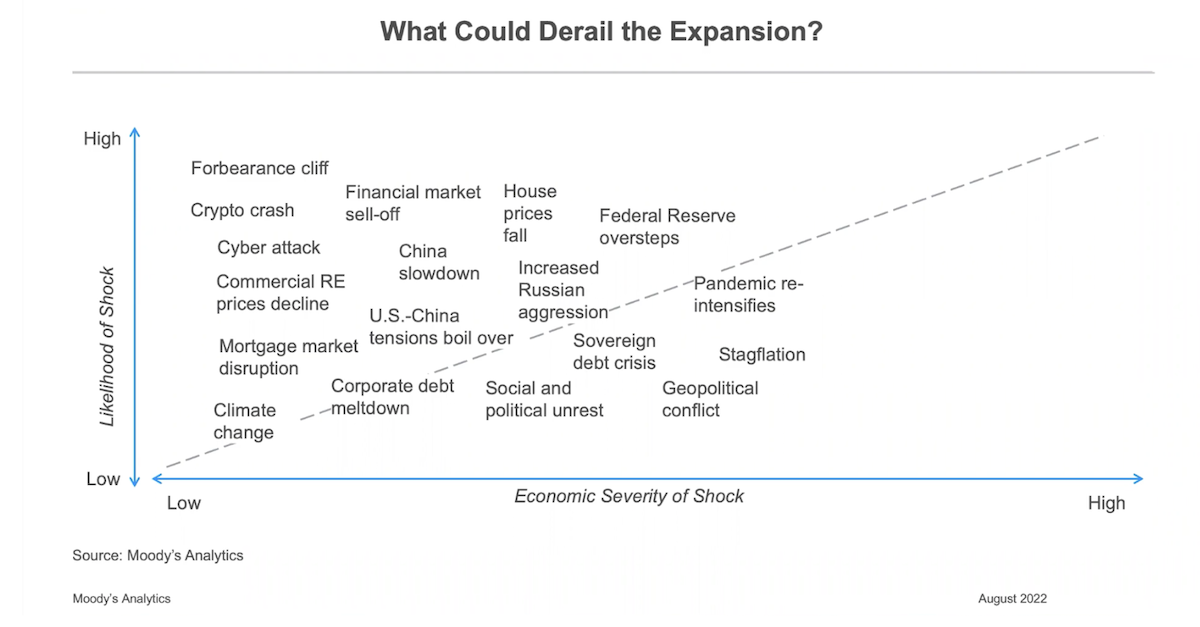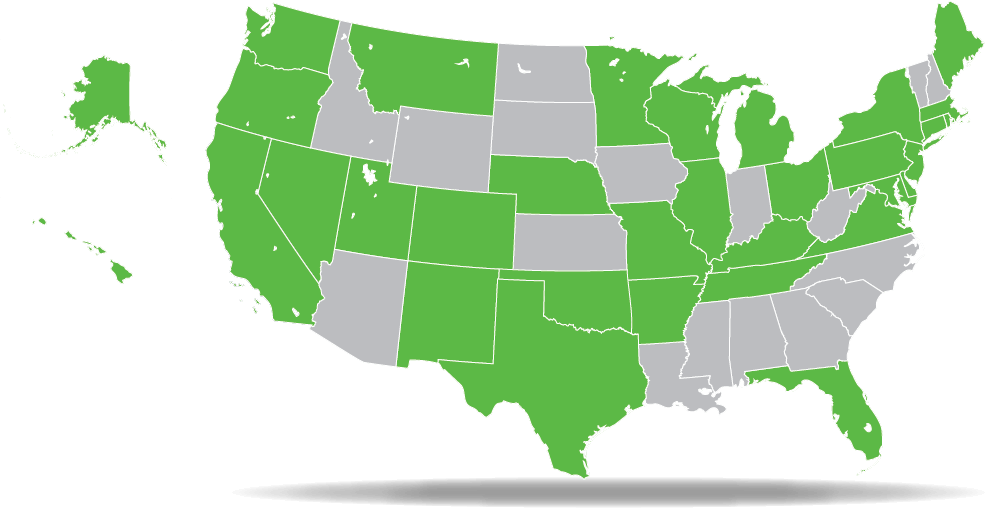Industry Thought Leadership
Ideas and content to help customers accomplish more
Find articles, videos and infographics on relevant industry topics.
- Video
Interview with Tyler Parbs from J. Jeffers & Co. on Colman Yards and CIRRUS Low Carbon
- Article, Infographic
Construction Lending is Tightening. Let PACE Equity Fill 20-30% of your Capital Stack.
- Article, Infographic
Moody’s Economist Says Positive Times Ahead for Multifamily; Other Commercial Real Estate Sectors May Have Some Adjusting to Do
Menu
Recent Closings
- Dallas, TX
- $15 Million
- Ashwaubenon, WI
- $1.1 Million
- Lake Worth Beach, FL
- $12.7 Million
- Tomball, TX
- $2.9 Million
- Port St. Lucie, FL
- $9.1 Million
© 2024 PACE Equity, Inc. All rights reserved | Privacy Policy
Website by LimeGlow Design


